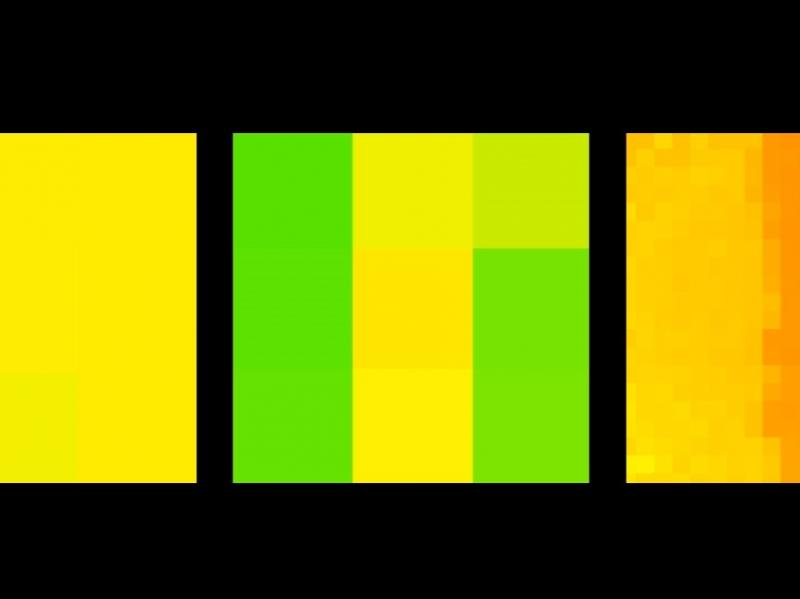Jun 23 2020
Apart from cameras, only a few tools exist for health care providers or loved ones to remotely monitor the safety of patients within hospitals and assisted living care facilities.

Image Credit: Rensselaer Polytechnic Institute
Researchers at the Center for Lighting Enabled Systems & Applications (LESA) at Rensselaer Polytechnic Institute developed a new infrared sensor system that can offer real-time data about the movements of a person in a room while maintaining their privacy.
The system was developed originally to render energy management in buildings more efficient. But researchers figured out that it also offers a cost-effective and efficient solution for a major challenge in health care.
We can thread this balance of information and privacy. It turns out that lighting and light field sensing give us a tremendously powerful tool for figuring out where people are and estimating what they are doing, but without creating an image of who they are.
Bob Karlicek, Director, LESA Center, Rensselaer Polytechnic Institute
The system works based on the so-called occupant-centric control, as dubbed by Karlicek. Particularly, infrared light is used by a set of sensors to measure the distances between sensors and objects to determine where someone may be in a room.
It doesn’t contain any image information. It just measures distance, so it can tell if a person is standing, sitting, or lying down on the floor. And it can actually tell the difference between where people are standing and how they are interacting with other people.
Bob Karlicek, Director, LESA Center, Rensselaer Polytechnic Institute
Through such measurements, a caregiver can be alerted that someone has fallen, record the last time someone checked on their loved one, or even help identify cognitive decline over time.
“We can determine, for example, how much time they spend in their favorite chair, if they’re getting up later, or if they walk into a part of the house three times in rapid succession—indicating they might have forgotten what they went into a room for,” added Karlicek.
Using infrared light to measure distance is an established concept. However, the novel feature of Karlicek’s approach is the designing of a highly cost-effective sensor with data analytics integrated right into it, enabling the sensors to gather data, process it, and communicate with each other to monitor the movement inside a room. Affordability will be crucial for large-scale implementation.
To make this a cost-effective technology, we’ve developed a completely new sensor using state-of-the-art technologies to be able to measure distances with an extremely high fidelity, but at very low cost.
Bob Karlicek, Director, LESA Center, Rensselaer Polytechnic Institute
At present, the researchers from LESA Center are looking to commercialize this technology. Part of the larger mission of the center is to make buildings more efficient, capable, and useful to the people who occupy them.
Karlicek added that he visualizes a future in which buildings, apart from being as safe and efficient as possible, can identify the requirements of their occupants without the need to share any unnecessary private information.
New System of Infrared Sensors Maintains Privacy While Keeping Patients Safe
Video Credit: Rensselaer Polytechnic Institute.